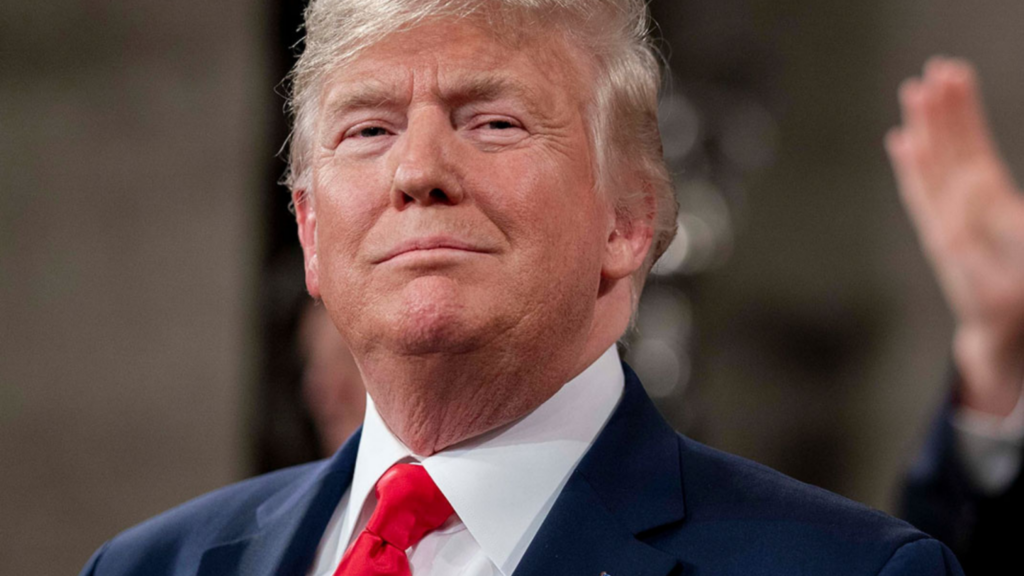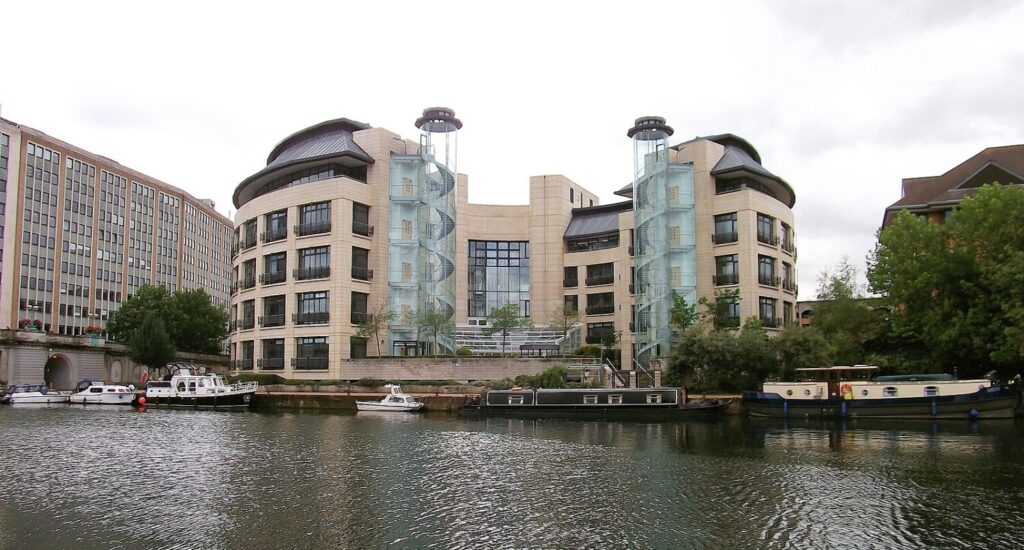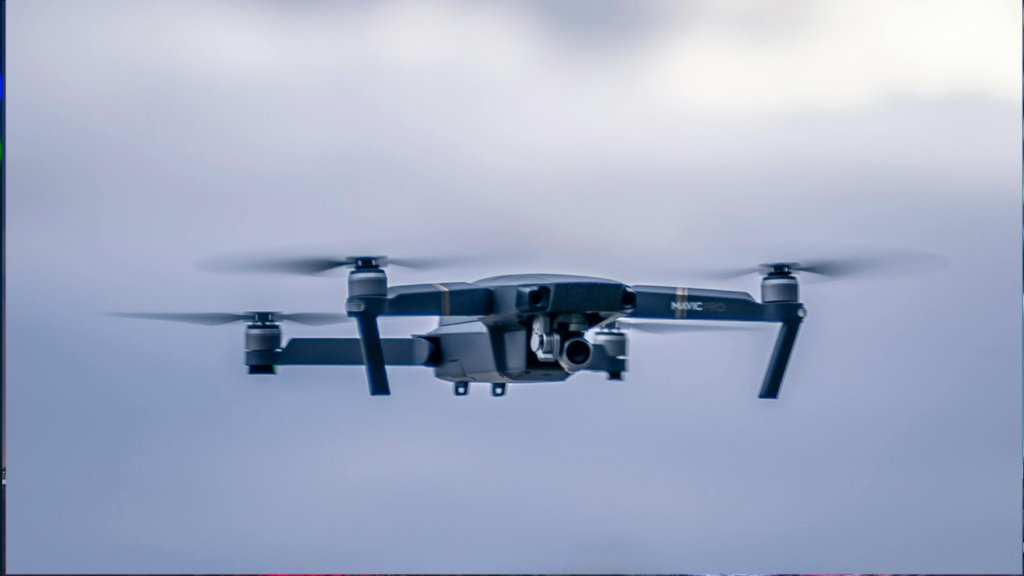Why Fewer Rebel Groups Don’t Mean Fewer Deaths in the Congo
The complex, multifaceted nature of the conflict that has ravaged eastern Democratic Republic of Congo (DRC) has allowed for widespread suffering to continue unperturbed for over two decades. In spite of billions of dollars being spent and thousands of troops and police officers being deployed across the Congo, violent conflict remains a persistent threat to civilian life and sustainable development (Department of Peacekeeping Operations, 2021).
On 15 March 2021, Reuters reported of a massacre taking place in Bulongo, a village just 30 kilometres from the North Kivu market town and provincial hub of Beni, where at least 12 civilians were struck down by Islamists wielding pickaxes and machetes (Kambale, 2021).
The Islamists suspected of carrying out the attack are the Allied Defence Forces (ADF), a Ugandan rebel group that was founded with the help of the Sudanese secret services during the first Congo war (1996-7) who operate in the Beni territory of North Kivu (Prunier, 2009). In recent years, the ADF have been accused of forging links to the Islamic State, with the United States now using the names ADF and the Islamic States of Syria and Iraq–Democratic Republic of the Congo(ISIS-DRC) interchangeably and declaring the ADF a terrorist organisation on 10 March 2021 (US Department of State, 2021). Whether there exists significant institutional and hierarchical overlap between the Islamic State and the ADF is yet to be determined, but the Islamic State has been found to be claiming responsibility for ADF attacks (UN Security Council, 2019).
With violent deaths remaining a constant in eastern Congolese life, one has to question how successful, if at all, the UN Organisation Stabilisation Mission to the DRC (MONUSCO) has been. Since 2017, the number of rebel groups active in North Kivu and South Kivu has been decreasing from a peak of 134 in 2018 to 113 in 2020. But the success of MONUSCO in its partnership with the Forces armées de la république démocratique du Congo (FARDC) in reducing the number of non-state armed groups has not been mirrored by a reduction in violent deaths. Rather, data from the Kivu Security Tracker, a subsidiary of the Congo Research Group at New York University, show violent deaths have been steadily increasing as the number of armed non-state actors has decreased (2017; 2019; 2021).
The sharp fall in the number of armed groups across the two Kivu provinces is a result of a decision by 70 armed groups across South Kivu to lay down arms under the auspices of the Commission interprovinciale d’appui au processus de sensibilisation, désarmement, démobilisation et réinsertion communautaire, a post-conflict disarmament, demobilisation and reintegrationprogramme established in 2020 (Fork, 2020). Of course, any reduction of the number of armed non-state actors in the Kivus is praiseworthy as it means there are fewer soldiers roaming the land and more eastern Congolese willing to be reintegrated into civilian life.
However, the increase in violent deaths exposes the scale of the insecurity in eastern DRC. The rise of violent deaths in the Kivus can be directly attributed to the ADF. A badly prepared military offensive on behalf of the FARDC retook the ADF’s ‘Madina’ but resulted in the ADF retreating to the densely covered forest in the Beni territory from where they could ramp up their indiscriminate killing campaign (Boisselet, 2020). The campaign was further undermined by deep divisions within the Ministry of Defence between supporters of the incumbent president, Félix Tshisekedi, and his predecessor Joseph Kabila, whose former party, the Front Commun pour le Congo, was vocally opposed to the mission (ibid.).
The intractable security situation in North Kivu can only improve as a result of an effective campaign against the ADF. The successful reduction of non-state armed groups is only worth so much praise when the ADF account for 37 per cent of all violent deaths across North Kivu (Gras, 2021). As yet, however, the FARDC has no response to the ADF’s tactic to attack the civilian population the more they are attacked by the state and international security apparatus (ibid.).
Eastern DRC has never really been a place of great foreign direct investment, but the proliferation in violence in the Kivus has resulted in multinational corporations seeking a quick way out. In 2020, the Canadian mining company Banro sold its Namoya gold mine just south of South Kivu at a discounted price and its Twangiza mine in South Kivu for just $1(Reid, 2020). Both mines sold to companies with significant Chinese backing, allowing for China to cement its foothold in the resource-rich eastern regions.
Increased destruction in eastern DRC does not only pose a threat to Western companies seeking to profit from the mineral wealth of the DRC, however. It also undermines the legitimacy of the FARDC and MONUSCO, who have both struggled to maintain public support since they were formed. In a quest for protection from armed groups, civilians engage more and more with ‘Mafia-like’ protection rackets to ensure their community’s protection (Verweijen, 2016). As such, the cycle of militarisation in eastern DRC will continue along its path, acting to thwart sustainable socio-economic development in the region.
References
Boisselet, P. (2020, November 20). Divisions between Tshisekedists and Kabilists Paralyze the State in Eastern DRC. Retrieved March 23, 2021, from Kivu Security Tracker: https://blog.kivusecurity.org/divisions-between-tshisekedists-and-kabilists-paralyze-the-state-in-eastern-drc/
Congo Research Group. (2019). Congo, Forgotten: The Numbers Behind Africa’s Longest Humanitarian Crisis. New York: New York University.
Department of Peacekeeping Operations. (2021). TROOP AND POLICE CONTRIBUTORS. Retrieved March 18, 2021, from https://peacekeeping.un.org/en/troop-and-police-contributors
Fork, R. (2020, September 17). 70 armed groups agree to end hostilities in DR Congo. Retrieved March 22, 2021, from Anadolu Agency: https://www.aa.com.tr/en/africa/70-armed-groups-agree-to-end-hostilities-in-dr-congo/1976763#
Gras, R. (2021, March 22). Is Islamic State really operating in eastern DRC? Retrieved March 23, 2021, from The Africa Report: https://www.theafricareport.com/73449/is-the-islamic-state-really-operating-in-eastern-drc/
Kambale, E. M. (2021, March 15). Suspected Islamists kill at least a dozen villagers in eastern Congo. Retrieved from Reuters: https://www.reuters.com/article/us-congo-security-idUSKBN2B71CF
Kivu Security Tracker. (2017). Armed Actor Area of Control Map. New York: New York University.
Kivu Security Tracker. (2021). The Landscape of Armed Groups in Eastern Congo: Missed Opportunities, Protracted Insecurity and Self-Fulfilling Prophecies. New York: New York University.
Prunier, G. (2009). Africa’s World War: Congo, the Rwandan Genocide and the Making of a Continental Catastrophe. Oxford: OUP.
Reid, H. (2020, June 23). Banro agrees sale of troubled Namoya gold mine in Congo. Retrieved March 23, 2021, from Reuters: https://www.reuters.com/article/us-congo-mining/banro-agrees-sale-of-troubled-namoya-gold-mine-in-congo-idUKKBN23U1T9
UN Security Council. (2019). Letter dated 20 December 2019 from the Group of Experts on the Democratic Republic of the Congo addressed to the President of the Security Council S/2019/974. New York: United Nations.
US Department of State. (2021, March 10). State Department Terrorist Designations of ISIS Affiliates and Leaders in the Democratic Republic of the Congo and Mozambique. Retrieved from https://www.state.gov/state-department-terrorist-designations-of-isis-affiliates-and-leaders-in-the-democratic-republic-of-the-congo-and-mozambique/
Verweijen, J. (2016). Stable Instability: Political Settlements and Armed Groups in the Congo. London: Rift Valley Institute.



